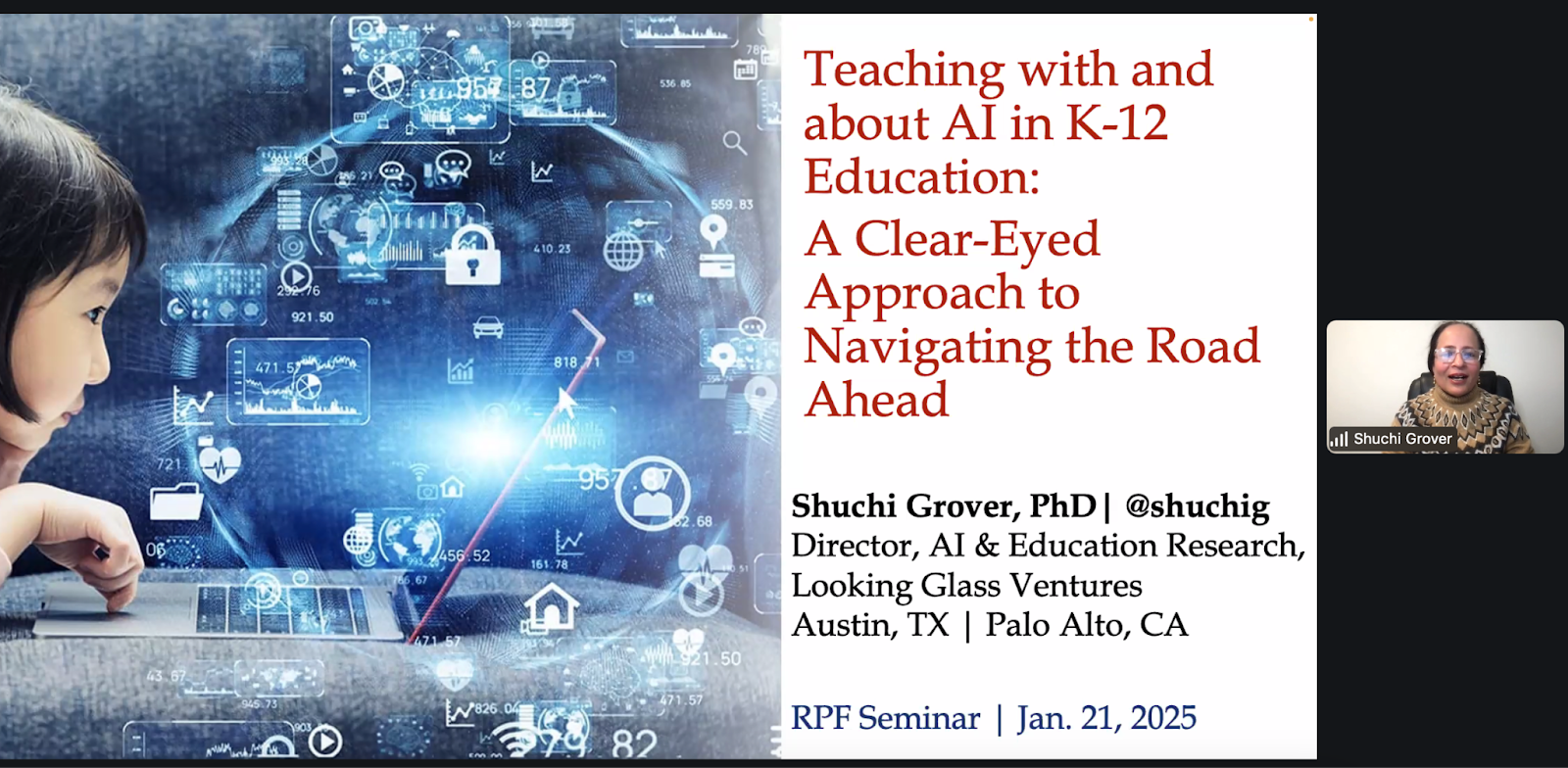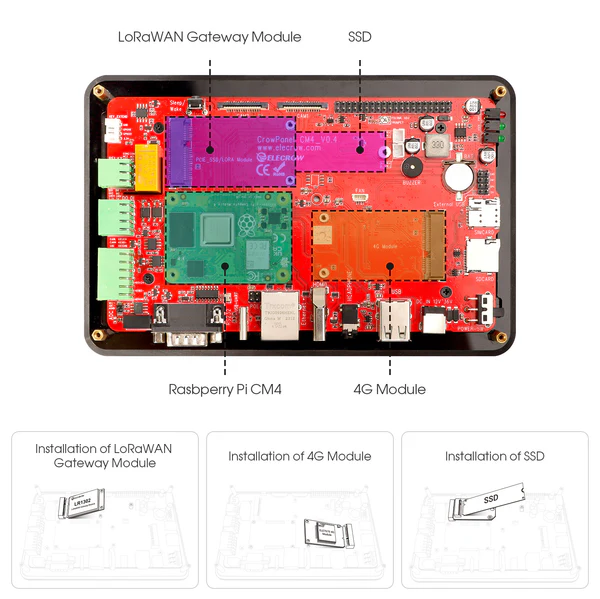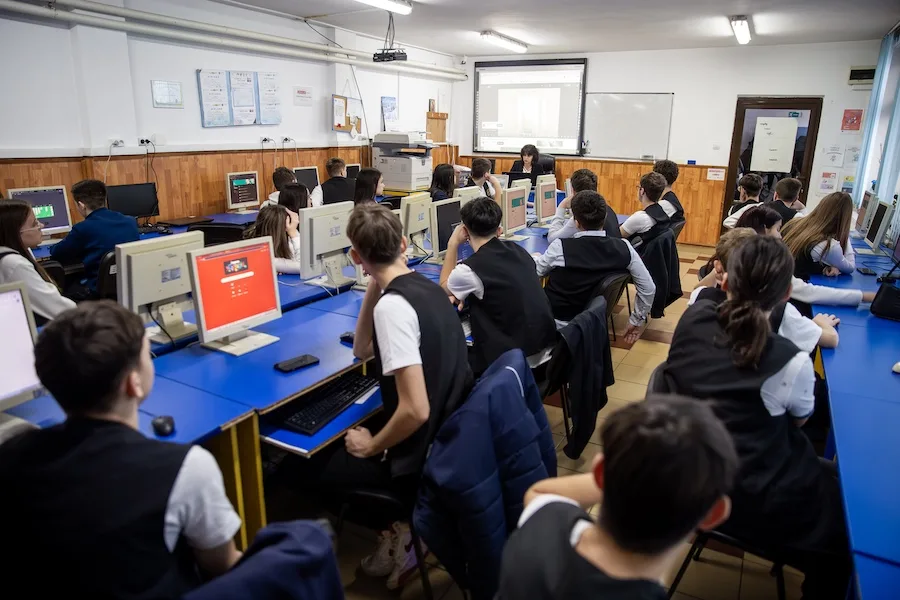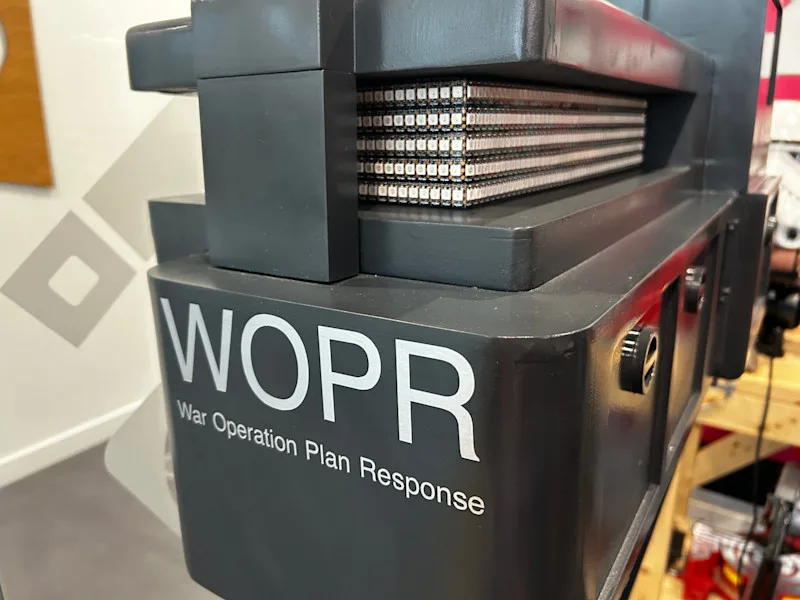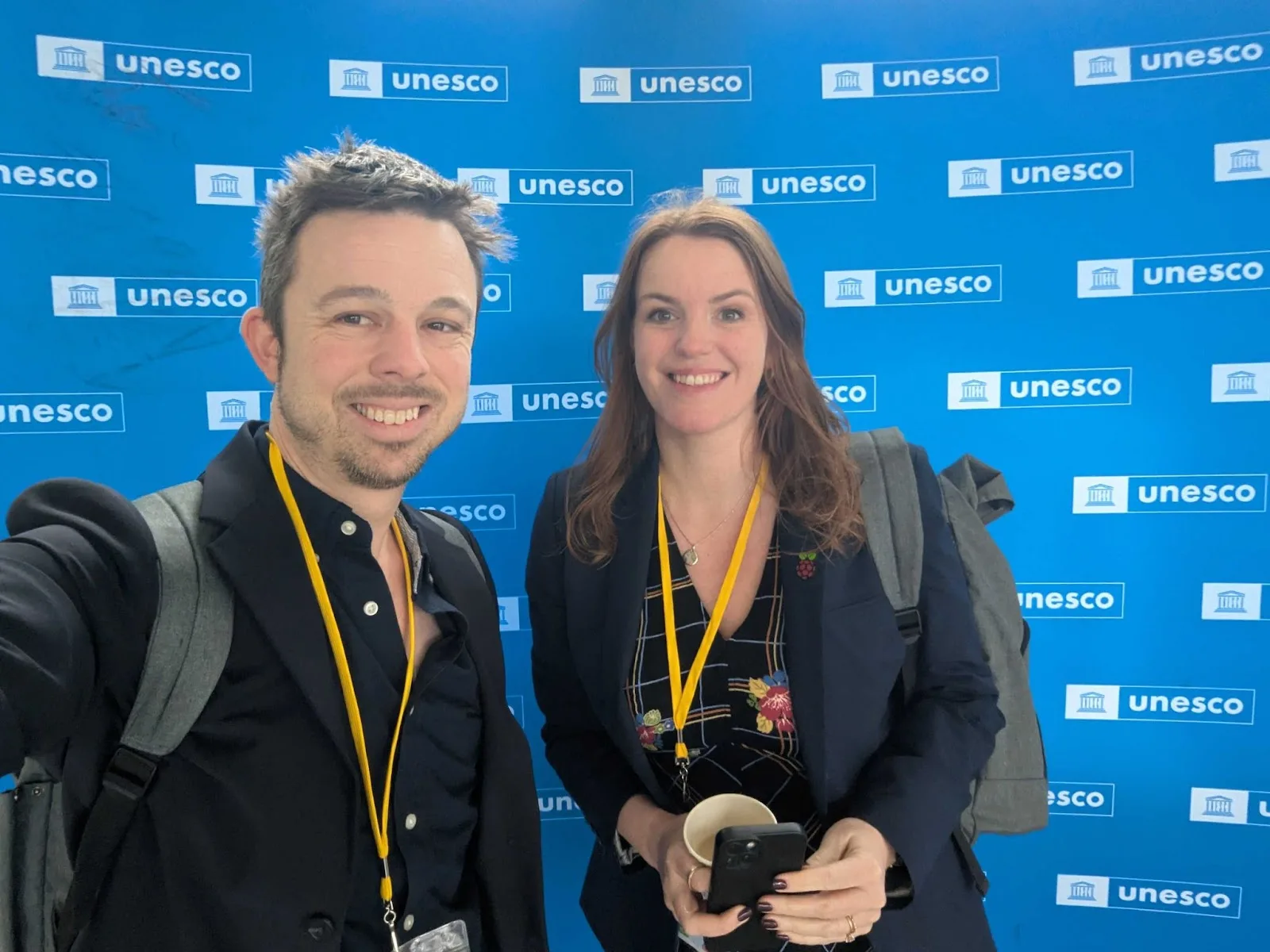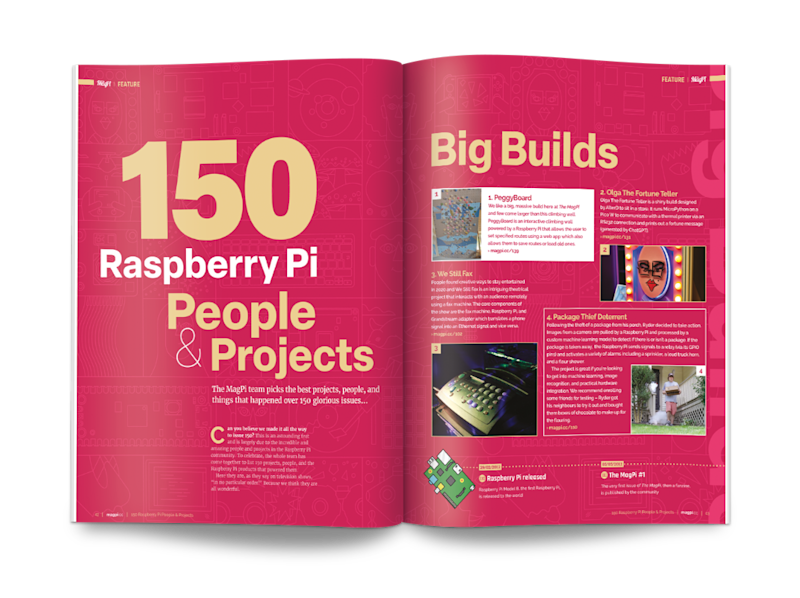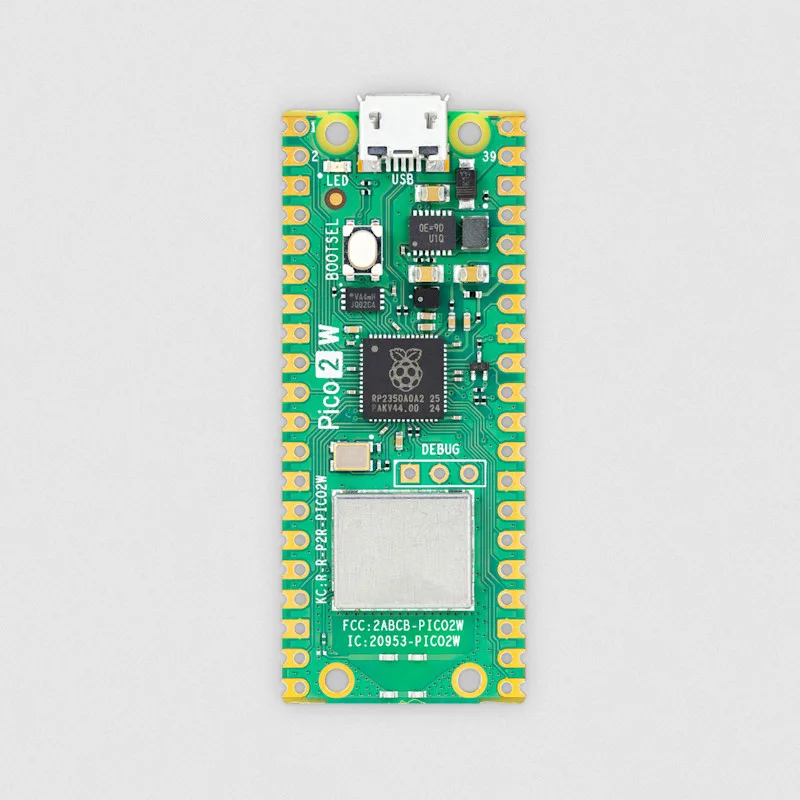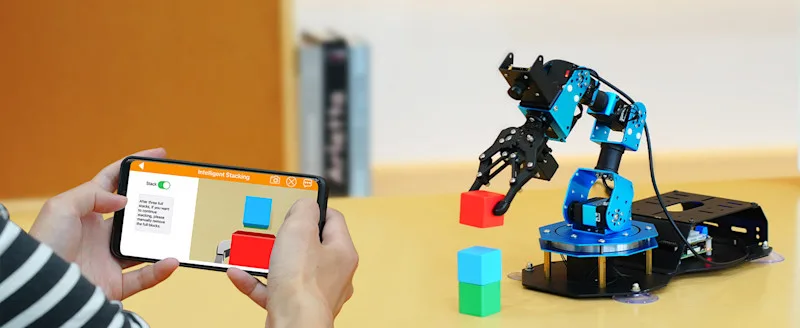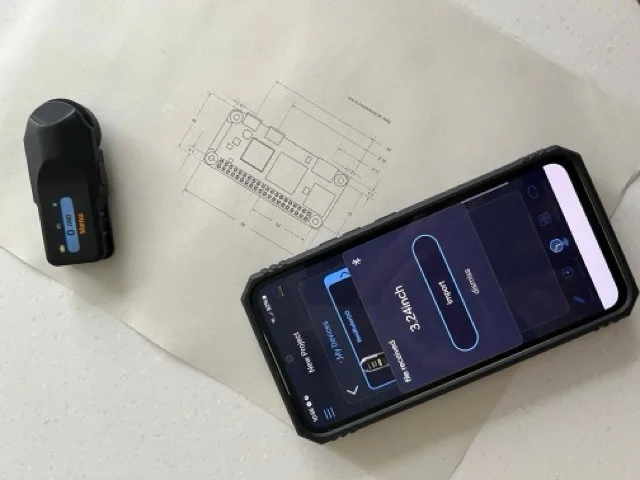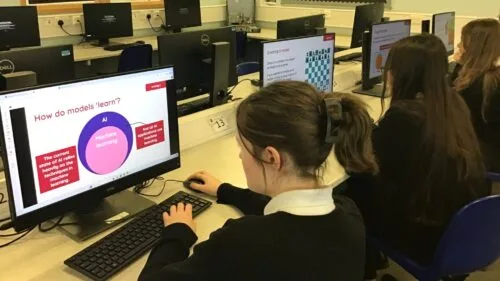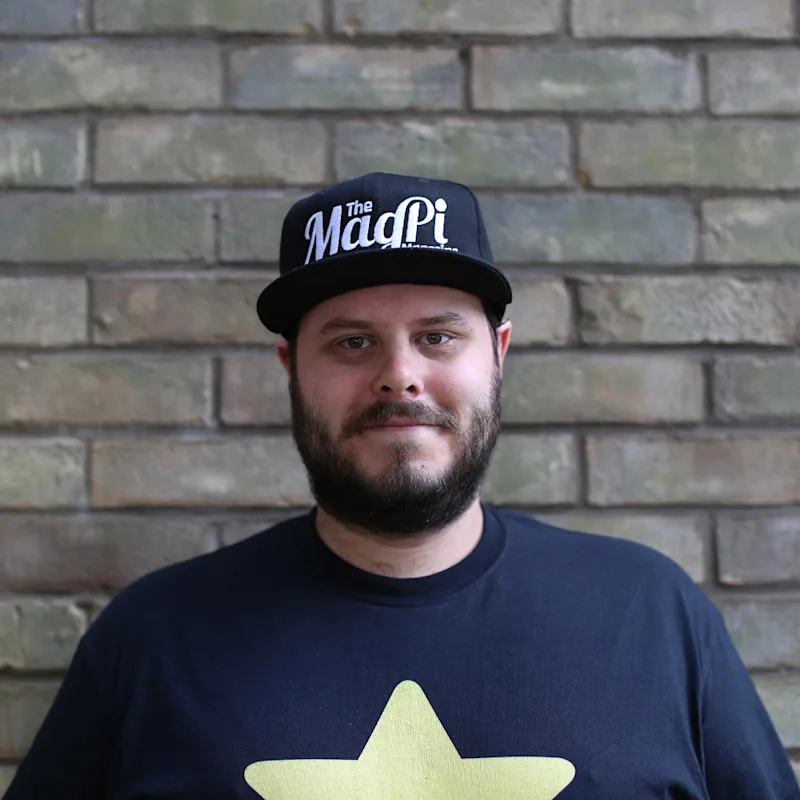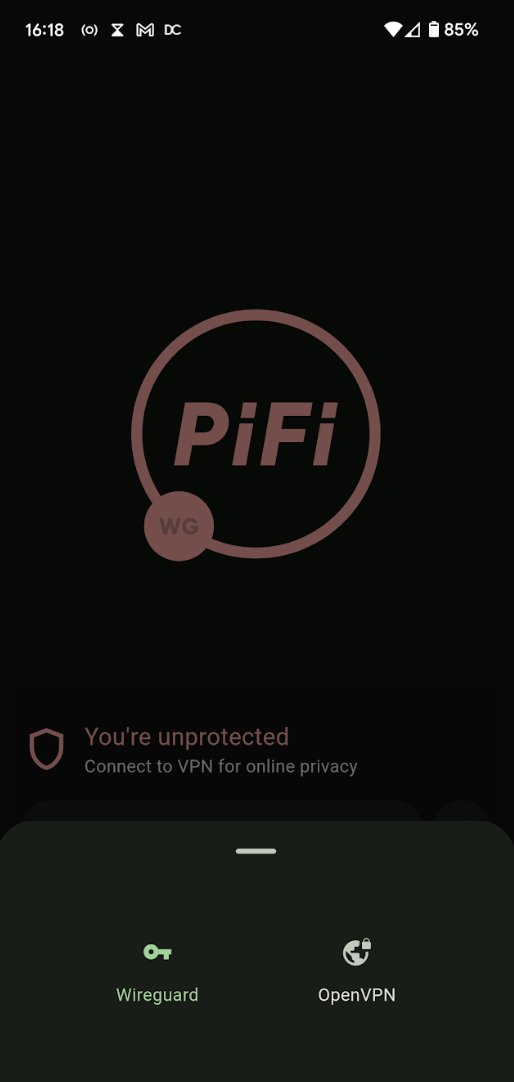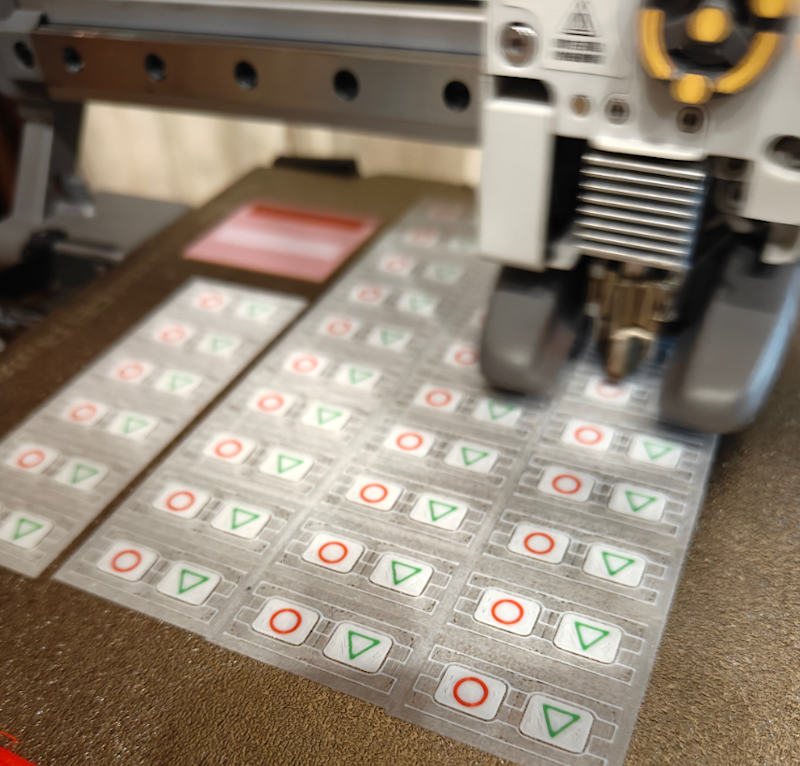Kategorie: PC
-

Teaching about AI in K–12 education: Thoughts from the USA
Reading Time: 5 minutesAs artificial intelligence continues to shape our world, understanding how to teach about AI has never been more important. Our new research seminar series brings together educators and researchers to explore approaches to AI and data science education. In the first seminar, we welcomed Shuchi Grover, Director of AI and Education Research…
-

Pi Terminal review
Reading Time: 2 minutesIt also has the equally important connectivity requirements of modern industrial automation. From your classic terminal pins, serial connector, Ethernet, etc., there’s also access to the built-in Wi-Fi and Bluetooth of CM4, along with a GPS antenna add-on, and you can expand it with LoRa or LTE for more radio connections. Ready…
-

Teaching AI safety: Lessons from Romanian educators
Reading Time: 6 minutesThis blog post has been written by our Experience AI partners in Romania, Asociatia Techsoup, who piloted our new AI safety resources with Romanian teachers at the end of 2024. Last year, we had the opportunity to pedagogically test the new three resources on AI safety and see first-hand the transformative effect…
-

WOPR
Reading Time: 2 minutesWhat’s inside? • Raspberry Pi 4 • Raspberry Pi Touch Display 2 • 5 V / 30 A power supply • 615 Adafruit NeoPixels • Bluetooth speaker A script runs on boot, which twinkles the NeoPixels in the traditional 1980s supercomputer colours: yellow and red. Another script can be run to play…
-

UNESCO’s International Day of Education 2025: AI and the future of education
Reading Time: 6 minutesRecently, our Chief Learning Officer Rachel Arthur and I had the opportunity to attend UNESCO’s International Day of Education 2025, which focused on the role of education in helping people “understand and steer AI to better ensure that they retain control over this new class of technology and are able to direct…
-

Now Available on Steam – Foundation, 25% off!
Reading Time: < 1 minuteFoundation is Now Available on Steam and is 25% off!* Foundation is a grid-less, laidback medieval city-building game with a focus on organic development, monument construction and resource management. *Offer ends February 7 at 10AM Pacific Time Website: LINK
-

150 People & Projects in The MagPi magazine, issue #150
Reading Time: 3 minutes20-pages of people & projects In 150 issues, we’ve seen a huge range of epic builds with Raspberry Pi computers at their heart. We’ve got everything machine learning prosthetic arms to underwater archaeology submarines; old-school equipment and futuristic robots. Over 20 pages with 150 incredible project ideas await you. Archiving old floppy…
-

Win! 1 of 15 Raspberry Pi Pico 2 W
Reading Time: < 1 minuteSave 35% off the cover price with a subscription to The MagPi. UK subscribers get three issues for just £10 and a FREE Raspberry Pi Pico W, then pay £30 every six issues. You’ll save money and get a regular supply of in-depth reviews, features, guides and other Raspberry Pi enthusiast…
-

Translating educational content: four key principles
Reading Time: 4 minutesAs an organisation with global reach, translation and localisation have been part of the Raspberry Pi Foundation’s activities from the start. Code Clubs and educational partners all over the world are helping young people learn about computing in their own language. We’ve already published over 1,900 translated learning resources, covering up to…
-

ArmPi FPV AI Vision robot review
Reading Time: < 1 minuteThe Standard kit features the robotic arm, breakout board (for Raspberry Pi 4 or 5), power supply, paper ‘map’, wooden blocks, coloured balls, and tags. The Advanced version adds some flat-pack shelving for ‘warehousing’ operations. A smartphone companion app is the easiest way to try out AI modes such as object…
-

Hozo NeoRulerGO review
Reading Time: 3 minutesThe lightweight gadget has a month-long standby battery life and recharges via its USB-C connector in two or three hours. The clever design hides the USB-C port at one end, revealed when you firmly yank off the silver plastic retaining clip. The NeoRulerGO (£55 [£47 now] / $59 [was $69 at launch])…
-

Helping young people navigate AI safely
Reading Time: 5 minutesAI safety and Experience AI As our lives become increasingly intertwined with AI-powered tools and systems, it’s more important than ever to equip young people with the skills and knowledge they need to engage with AI safely and responsibly. AI literacy isn’t just about understanding the technology — it’s about fostering critical…
-

Adventure Time self-playing guitar
Reading Time: 3 minutesSensible but silly Allie has form with Adventure Time builds, having created a life-size BMO games console to house an OctoPrint 3D printer (see Allie’s GitHub page). “My technical background is incredibly diverse, but when it comes to electronics I am completely self-taught,” reveals Allie. “I got interested in the Raspberry Pi…
-

The need to invest in AI skills in schools
Reading Time: 6 minutesEarlier this week, the UK Government published its AI Opportunities Action Plan, which sets out an ambitious vision to maintain the UK’s position as a global leader in artificial intelligence. Whether you’re from the UK or not, it’s a good read, setting out the opportunities and challenges facing any country that aspires…
-

The big One-Five-Oh
Reading Time: 2 minutesLike Raspberry Pi itself, the magazine has just been going from strength to strength – although we’d have not got anywhere without the wonderful community we get to highlight, and the readers who pick up a copy at the shops or get it delivered to their door every month. Thank you all!…
-

PiFi review: mobile wireless access solution
Reading Time: 2 minutesEnter, PiFi, a simple kit that allows you to easily create a fast and secure wireless network with just a Raspberry Pi. The kit comes with just three items: a microSD card with the software preloaded, an Ethernet cable to plug into the nearest router, and the all-important Wi-Fi dongle that handles…
-

Hackberry Pi Zero
Reading Time: 4 minutes“I was inspired to create the Hackberry Pi Zero about three years ago when I found a project about reverse-engineering on Hackaday,” Zitao says. “I thought it would be really cool to have a device with a thumb keyboard, so I began reverse-engineering old BlackBerry keyboards and made it technically work. I…
-

Entry is open for Coolest Projects 2025
Reading Time: 6 minutesCoolest Projects is our global technology showcase for young people aged up to 18. Coolest Projects gives young creators the incredible opportunity to share the cool stuff they’ve made using digital technology with a global audience. Everyone who takes part will also receive certificates and rewards to celebrate their achievements. What you…

